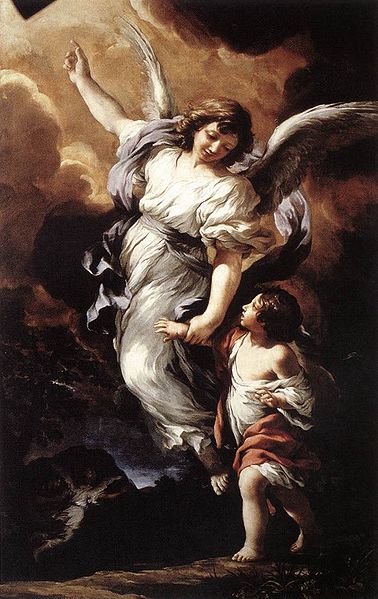I was very proud to be made an Emeritus Professor of Biology
at UCL after spending the last 23 years of my career there.
Those years were not all spent in one location, as there
were several moves to different buildings within the campus, resulting from
amalgamations and re-organisations. My last year was spent in a building away
from the main campus as no rooms were available in the refurbished building
occupied by my latest Department. That was rather good in a way as, although I
missed chatting to some of my colleagues, I didn’t feel that I fitted in with the
contemporary focus of Universities. My interests had always been in research
and teaching, but with each on an equal footing; research fascinated me and
enabled me to follow my muse, while teaching gave the chance to pass on my fascination.
That approach to academic life is now old-fashioned and, to have been more
successful, I should have dedicated myself more to writing grant proposals and
networking with those who could help me in my career. Maybe that sounds like
the thinking of someone who didn’t have the necessary drive and ability to
succeed and there is some truth in that. I was never going to be a high flier
in research, even though the citation for the DSc degree I was awarded in 2008 stated
that I had “distinguished myself by research and learning”. My interest in
research was much more in having fun with ideas and then testing them out.
I loved teaching. Each year there would be a new group of
students and we could work together on various subjects. The students mostly
seemed to like me letting all my enthusiasms show, and were even accepting of some
of my rather eccentric impersonations of animal locomotion and behaviour. Having
had no pedagogical training, I was free to use my own approaches in teaching,
so the end-product was the result of a certain amount of trial and error. As
Biology is to me a wonderful, wide-ranging discipline it was easy to be motivated
and to motivate students. Even more highly valued that the DSc are the three
Teaching Awards which I received from UCL (a record, I think).
While very few colleagues had any wish to attend Graduation,
for me it was one of the highlights of the year. Not the dressing-up, as
parading in academic dress was never one of my favourite activities, but the
chance to say goodbye to a year group of students and to meet with their families.
What a difference between their first few days at University and the polished
products that were now in the “outside world”. What a pleasure it was to work
with most of them, even those who didn’t much care for the subject in that way
that I did.
Few parts of academic life brought more ups-and-downs than
the behind-the-scenes job of tutoring. It was always something that I felt was
important and I did what I could to support students who were not having the
best of times. Sometimes there were failures, and I regret that I may have made
some bad decisions or given poor advice, but there were a lot more successes.
Not successes for me, as I was just a sounding board, but for the students who
were able to fight through their difficulties. Whatever the rewards of research
and teaching, it was the pleasure of seeing these students graduate that provided
some of the best times of my career as an academic. It sounds mawkish, but it
happens to be true.



